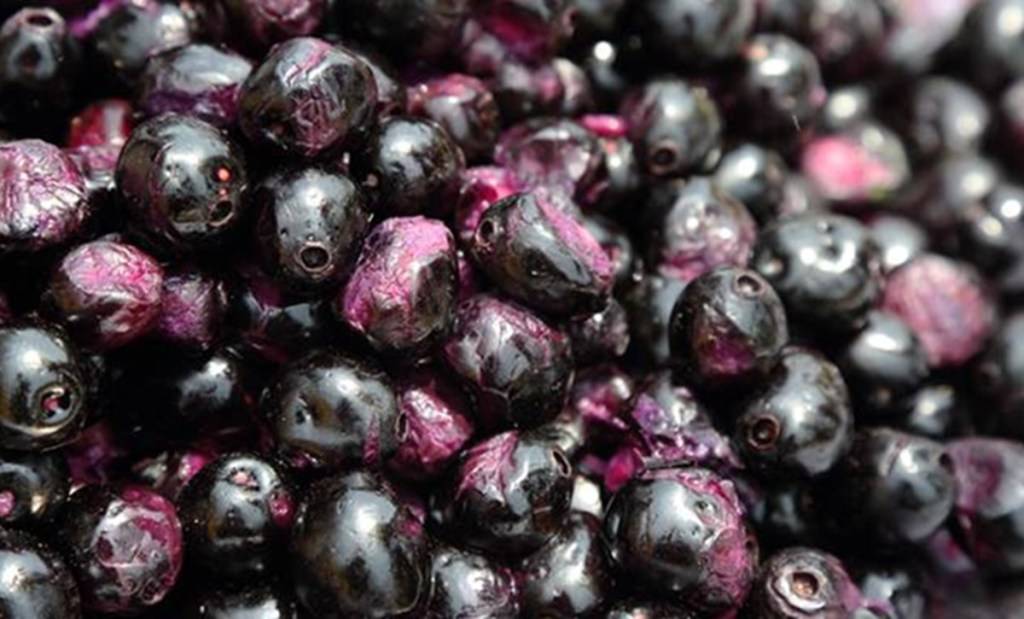
Of course, everyone remembers their childhood when they hear the name Jamun or Java Plum. One of the many places where children gather in the countryside is under the Jamun trees. In the past, these trees were abundant in the rural areas. Jamun is a favourite of birds and children alike. Jamun trees are widely planted along the roadsides in some states as shade trees.
Since ancient times, jamun has been used in medicine for its many health benefits. They are prescribed as medicine for diabetes , cholesterol and blood pressure that we face today. Unfortunately, these fruits are often left unattended or wasted. These black fruits lying on the side of the road are often overlooked because they do not know its true value. It surprises us that in some years it costs between Rs 500 and Rs 600.
According to the Ramayana, Lord Rama and Sita ate these fruits during their exile. So Hindus consider it as a divine tree. In some places, they are used for worship. All this means that Jamuns have been known in India since ancient times.
Jamun tree
The jamun tree is native to the Asian continent. As in the Ramayana, ' Megha Sandesa ' also mentions the jamun tree. The reference to the javelin tree in the classic work also points to a feature of the jamun leaves. It indicates the ability of the leaves to retain water.
The tree is best grown in areas where limited water is available. It does not require much care after rooting. The tree can grow up to 30 m tall. Stems with dark green leaves hanging thickly with fruits are a common sight in summer.
The lifespan of this tree is 100 to 120 years. It grows very fast like a bamboo. As you grow older, the bark of the tree can be seen peeling off. It is a deciduous tree in summer.
Jamun benefits
Jamun fruit is an important source of nutrients such as starch, fat, protein, thiamine, riboflavin, niacin, pantothenic acid, vitamin B6, C, calcium, iron, magnesium, phosphorus, potassium and sodium. Its seeds are powdered and dried and used in Ayurveda as a medicine for diabetes. The leaves, stems and nuts have long been used in medicine in China and India.
In addition to diabetes, jamun stalks and leaves are used in the Philippines for stomach ache and diarrhea. This is due to the antibiotic properties of the jamun fruit. Jamun has become a cure for diabetes because the nuts found inside the Jamun prevent the body from converting starch into glucose.
How to grow Jamun
Jamuns are abundant in Kerala and Tamil Nadu. Seedlings are made by sowing the seeds of the ripen fruits. As soon as the fruits are ripe, the seeds should be removed and germinated in polythene bags. It is said that the seeds lose their ability to germinate quickly. It is best to plant in a sunny place when transplanting. Jamun is a tree with good resistance. Therefore, it can fight pests. However, fungal infections are sometimes seen on the shoots. The fruits are sometimes attacked by insects. Jamun is a tree that flowers in four years. Even if it is cut and removed you can see the dust coming back.
















